Back in 2016, President Rodrigo Duterte took his oath of office as the 16th Philippine president. Immediately after assuming the presidency, he announced his grand masterplan of bringing the golden age of Philippine infrastructure under the Build Build Build program — a massive investment to create new roads, ports and airports, as well as modernize railway lines. The end goal of the program is to integrate the various modes of transportation into one network with smooth interconnectivity and inter-operability.
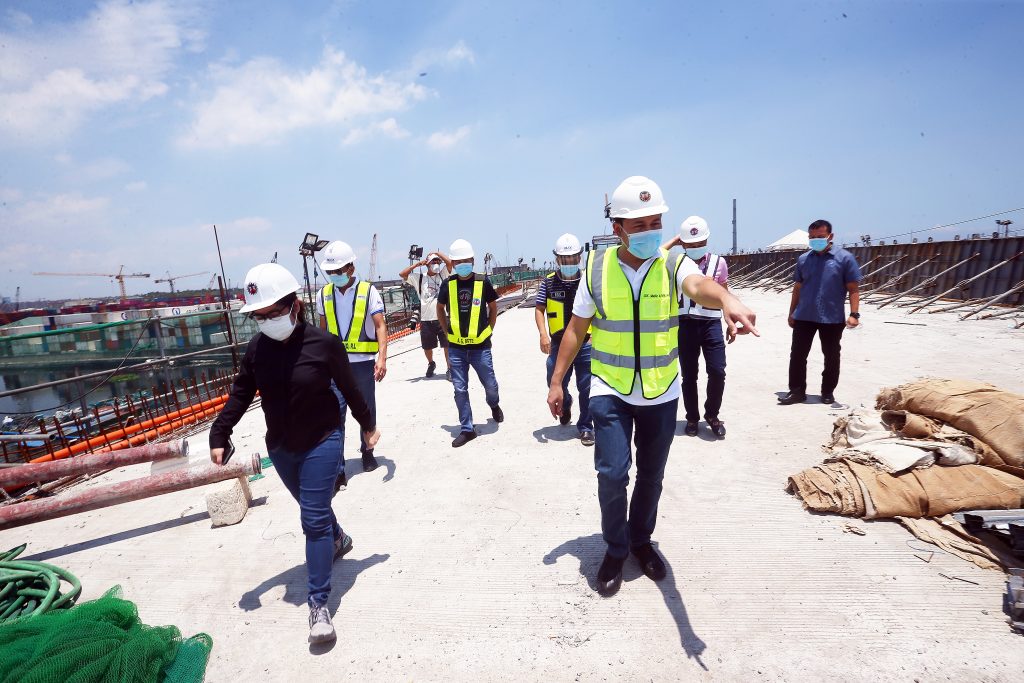
Within this grand masterplan are more than 20,000 projects that will significantly improve the lives of the Filipino people. Some of these big-ticket items are future-proofed infrastructure that will sustain and even accelerate the country’s growth and ultimately, improve the lives of generations of Filipinos.
Achieving economic mobility with Build Build Build
To achieve this ambitious goal, the “Build Build Build” program targets to increase infrastructure spending from 5.4 percent of the country’s Gross Domestic Product (GDP) in 2017 to 7.3 percent by the end of 2022. This figure is significantly higher than the 2.4 percent average recorded by the past six administrations within the last five decades.
Overall, this is the highest budget allocation for infrastructure in Philippine history with an estimated cost of above P8 trillion in total. Among these are the 100 Infrastructure Flagship Projects (IFPs) identified priority projects in the entire Build Build Build program.
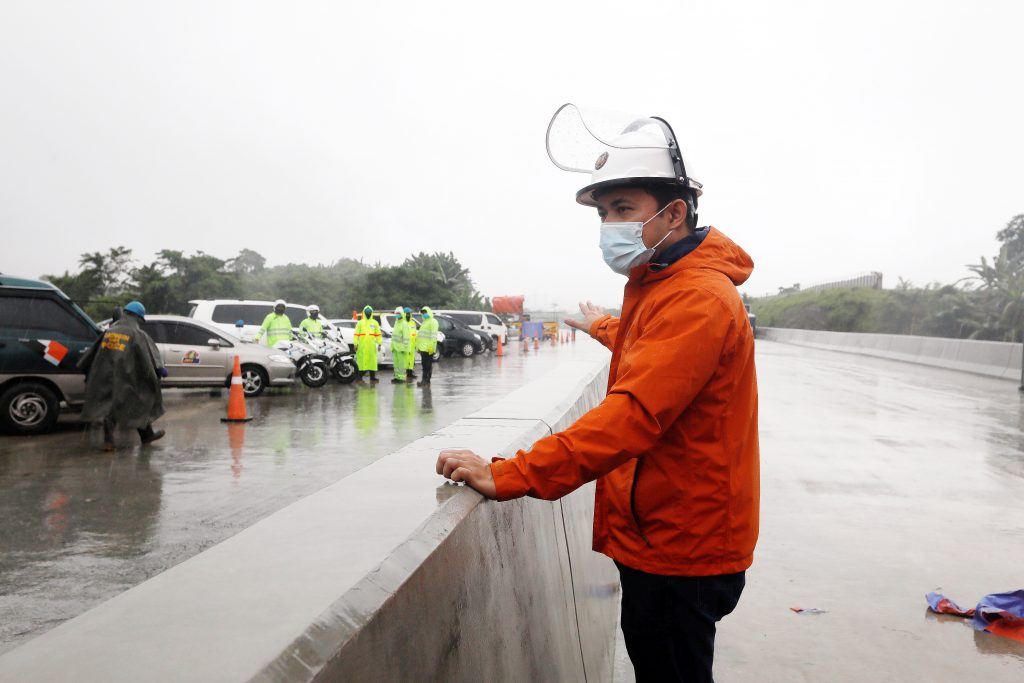
And significant investments in infrastructure will result in creation of new jobs and further economic growth. Figures from the Department of Trade and Industry (DTI) and the Philippine Statistics Authority (PSA) said that the construction sector experienced a 12.7-percent growth from 2016 to 2018. From 3.544 million workers in the sector in April 2017, it grew to around 4.2 million workers in 2019, with construction contributing to about 51.9 percent of the industry sector employment. Infrastructure outlays like this, on the average, contributed to six percent of Gross Domestic Product (GDP).
Easing traffic in Metro Manila
One of the leading government agencies involved in rolling out the programs is the Department of Public Works and Highways (DPWH). And among the flagship programs pursued by the department is the EDSA Decongestion Program, a commitment to decongest EDSA, the main and busiest thoroughfare in Metro Manila, within the six-year term of President Duterte.
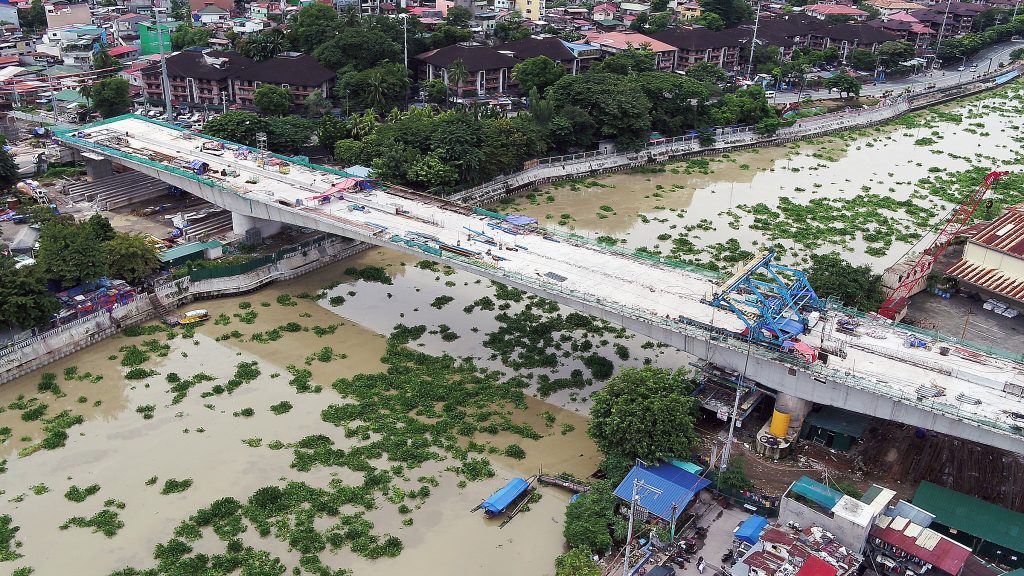
Since it was not cost-efficient to “widen” EDSA, the government has resorted to a strategy that involved construction and rehabilitation of thoroughfares in the capital. To achieve this lofty goal, there are a number of separate but complementary Metro Manila-based projects consisting of 14 roads and expressways spanning 121 kilometers and costing P180.6 billion, with 11 bridges worth P42 billion spanning 9,348 meters.
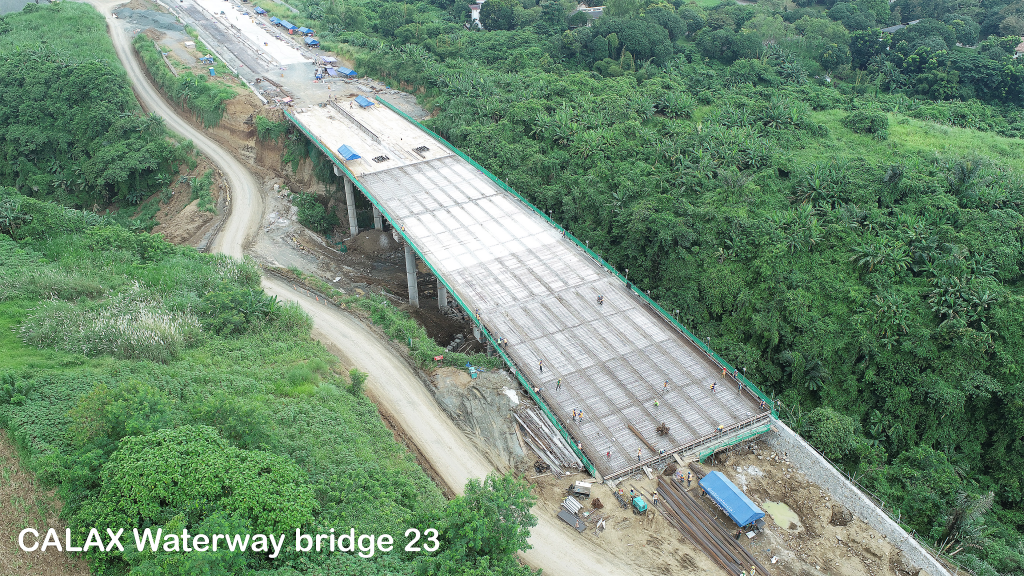
DPWH Secretary Mark Villar expressed full confidence that the Duterte government can restore the “original capacity” of vehicles plying EDSA from the current 400,000 every day to the ideal 280,000.
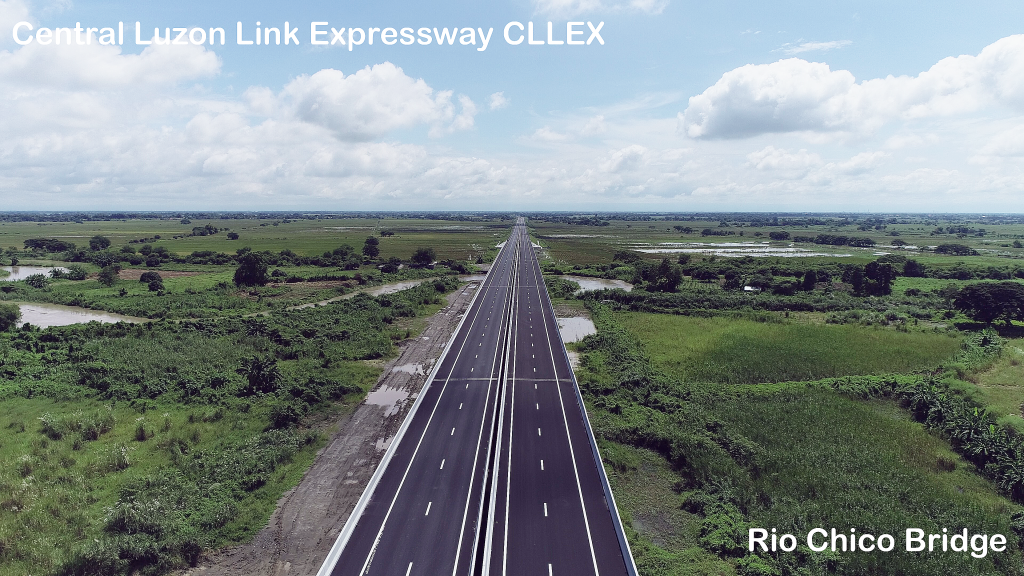
“The promise of President Duterte to decongest EDSA will soon be a reality. Soon, travel time from NLEX to SLEX will only be 30 minutes. When the EDSA Decongestion Program is completed, we will be able to free up major thoroughfares by at least 120,000 vehicles. By 2022, every city in Metro Manila will be reachable within a 20- to 30-minute time frame,” Sec. Villar said.
Here are the key components of the EDSA Decongestion Program:
- The Metro Manila Skyway Stage 3 Project (MMSS3) is an 18.83-kilometer elevated expressway from Buendia in Makati City to the North Luzon Expressway in Balintawak in Quezon City. The P44.86-billion project of conglomerate San Miguel Corp. will cut travel time from Buendia to Balintawak to 15 to 20 minutes from two hours. Once completed, the Skyway Stage 3 will decongest EDSA and other major roads in Metro Manila by as much as 55,000 vehicles per day. The project is slated to be open for motorists next time, in time for Christmas.
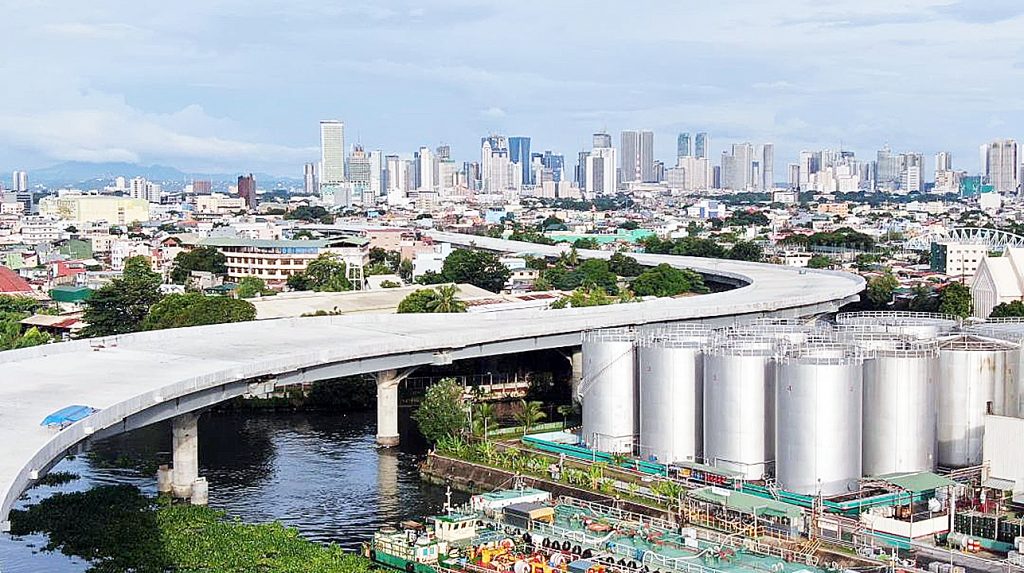
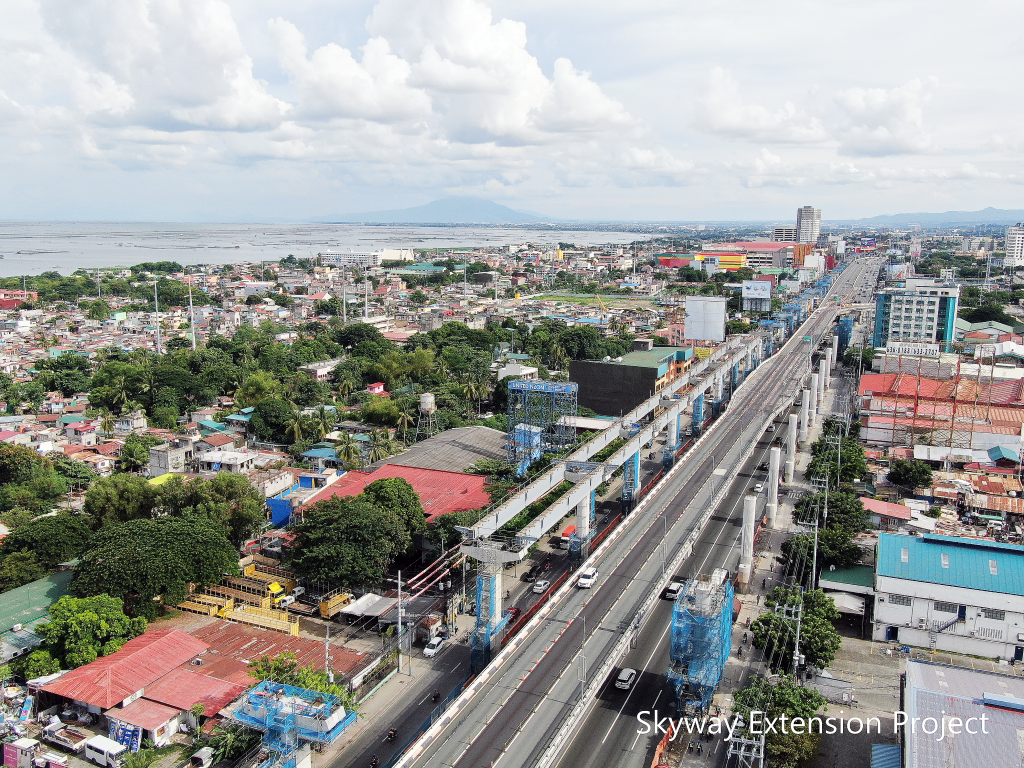
- Complementing this project is Metro Pacific Tollways Corp.’s (MPTC) NLEX-SLEX Connector Road, an eight-kilometer, four-lane elevated expressway extending the NLEX southward from the end of Segment 10 in C3 Road, Caloocan City to PUP Sta. Mesa in Manila and connecting to the Skyway Stage 3.
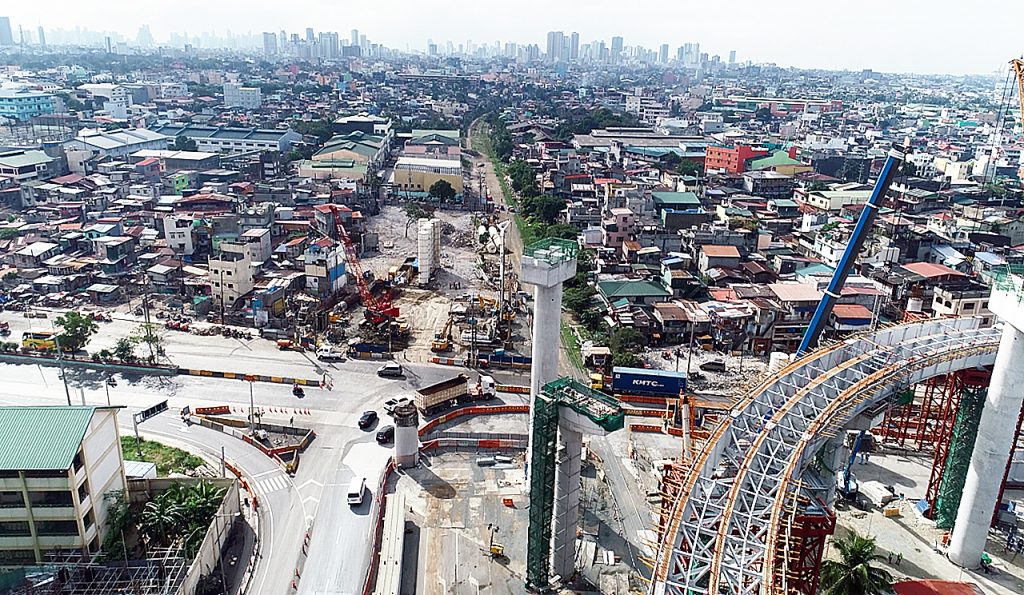
- In 2022, the MPTC is set to complete the C5 South Link Expressway, according to the DPWH. The P12.65-billion project consists of a 7.7-kilometer, six-lane expressway from R-1 expressway to SLEX/C5, which will cut down travel time from the current 40 minutes to only to 10 minutes. The Segment 3A-1 or the Merville to C5/SLEX portion of the project was opened to traffic in July last year, while Segment 2 and 3A2 broke ground last July.
- The Southeast Metro Manila Expressway is a 32.66-kilometer toll road from Skyway/FTI in Taguig City to Batasan Complex in Quezon City that DPWH hopes to finish by 2022. The P45.29-billion project will cut travel time from Bicutan to Batasan from one hour and 50 minutes to 26 minutes, benefiting as much as 88,338 motorists per day. Section one of the project, traversing from Skyway/FTI to C5/Diego Silang, is currently 12-percent complete, the DPWH said.

Four more projects are bound to be open to the motoring public by next year, namely;
A. The Fort Bonifacio-Nichols Field Road that will widen the 3.3-kilometer Nichols Field Road from four lanes to six lanes and lessen travel time going in and out of Bonifacio Global City.
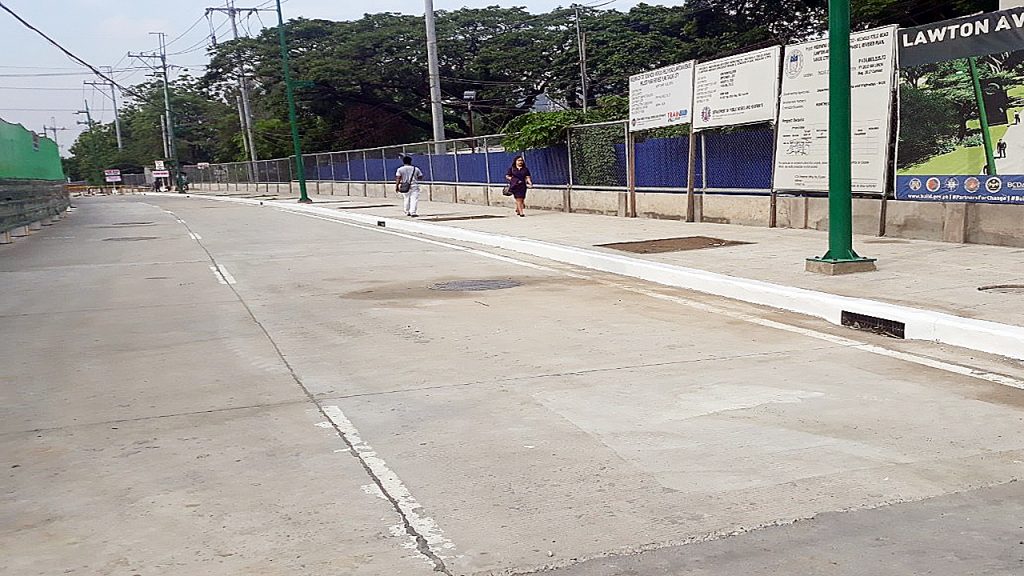
B. Mindanao Avenue Extension (Segment 2C), a 3.2-kilometer, four-lane highway from the intersection of NLEX to Gen. Luis Avenue to connect Valenzuela, North Caloocan, Quezon City (Novaliches) and NLEX. The project is already 74.35-percent complete.
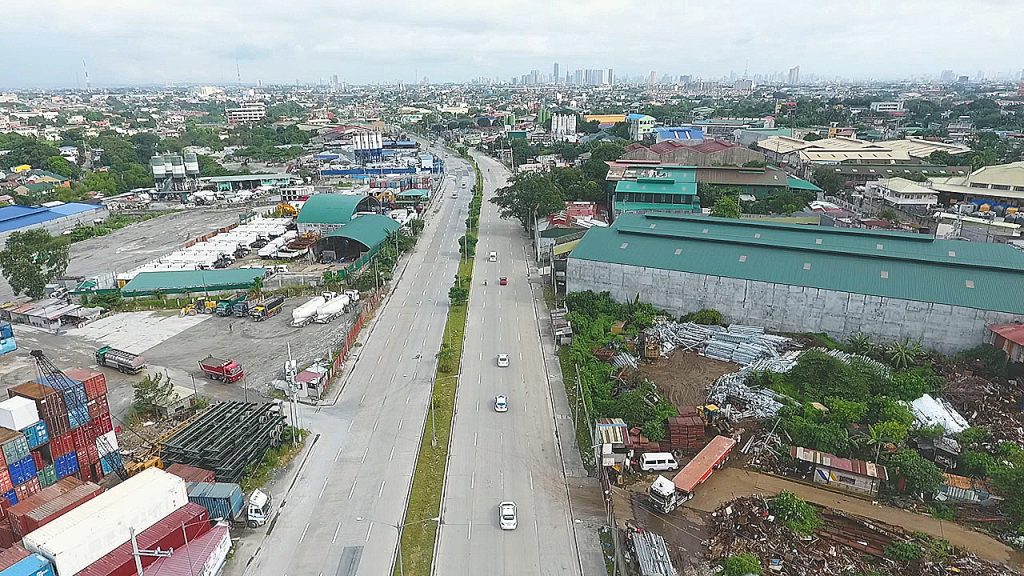
C. Laguna Lake Highway, a 6.94-kilometer, four-lane divided highway that cuts down travel time from Taytay to Bicutan from one hour to only 30 minutes; and the
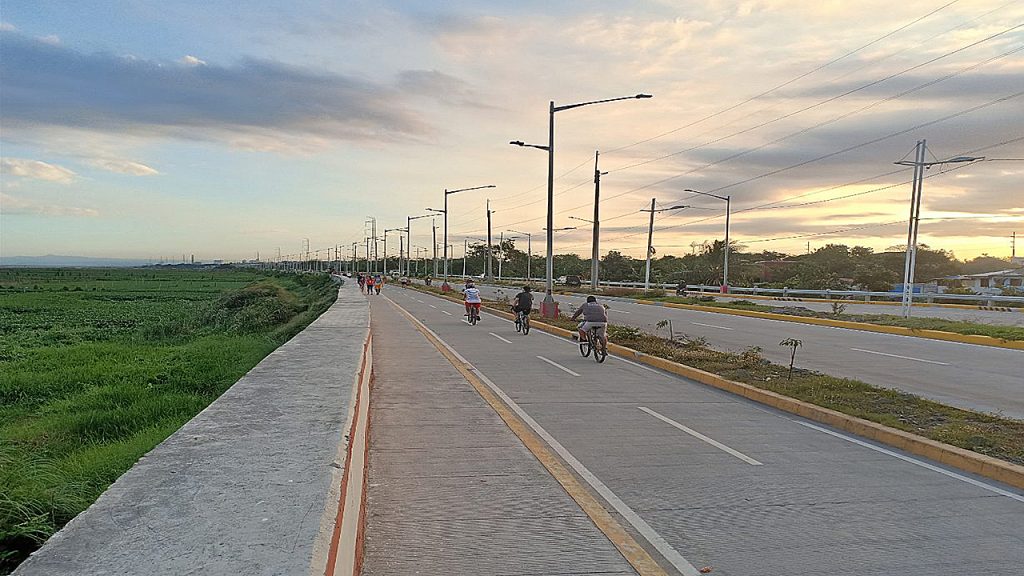
D. Southbound portion of the Alabang-Sucat Skyway Connection and Ramp Extension. All these new roads will soon serve motorists alongside already completed projects like NLEX Harbor Link Segment 10, NLEX Harbor Link C3-R10 Section, NAIA Expressway Phase 2, and the widening of Radial Road 10 and Samar Street.
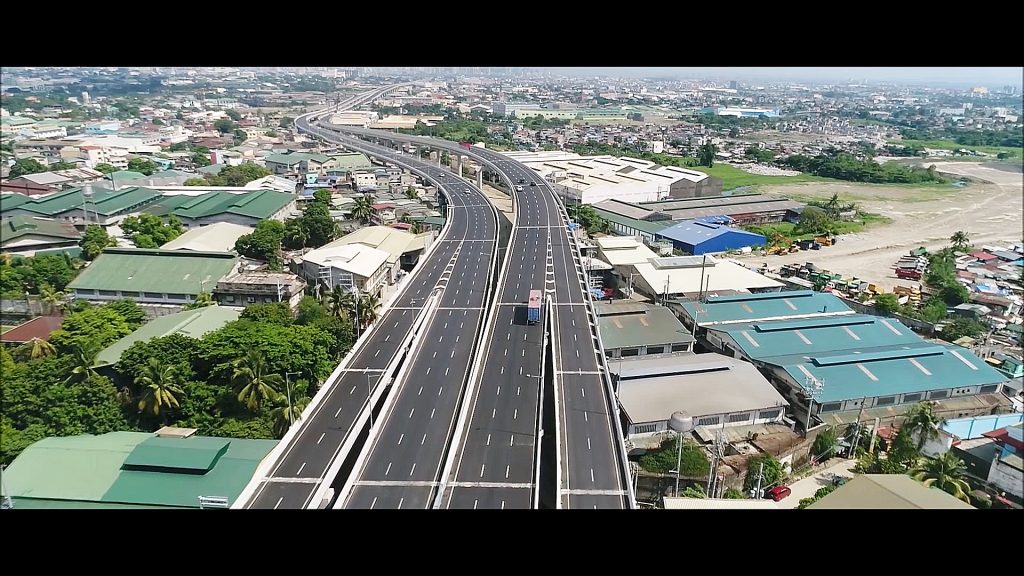
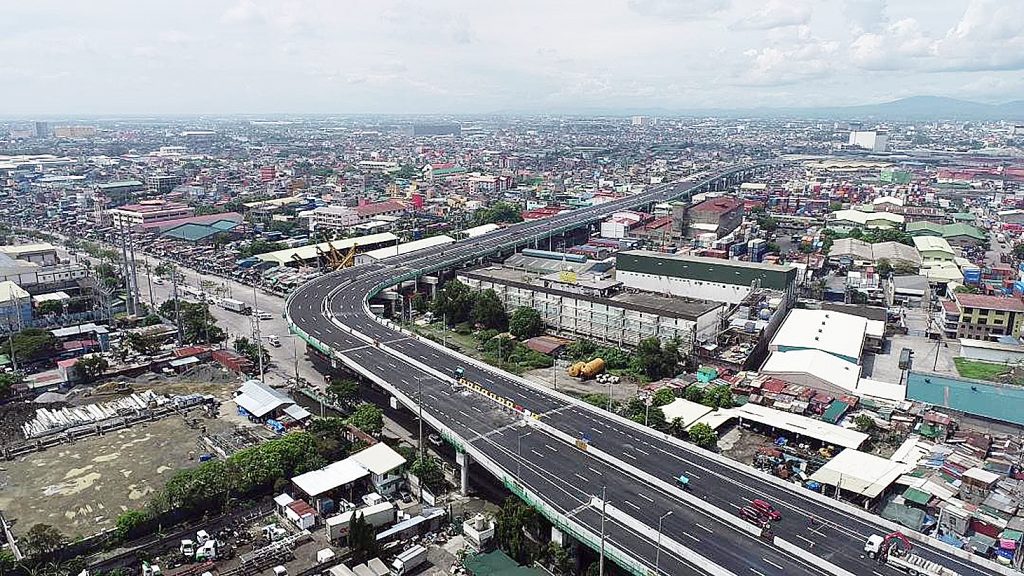
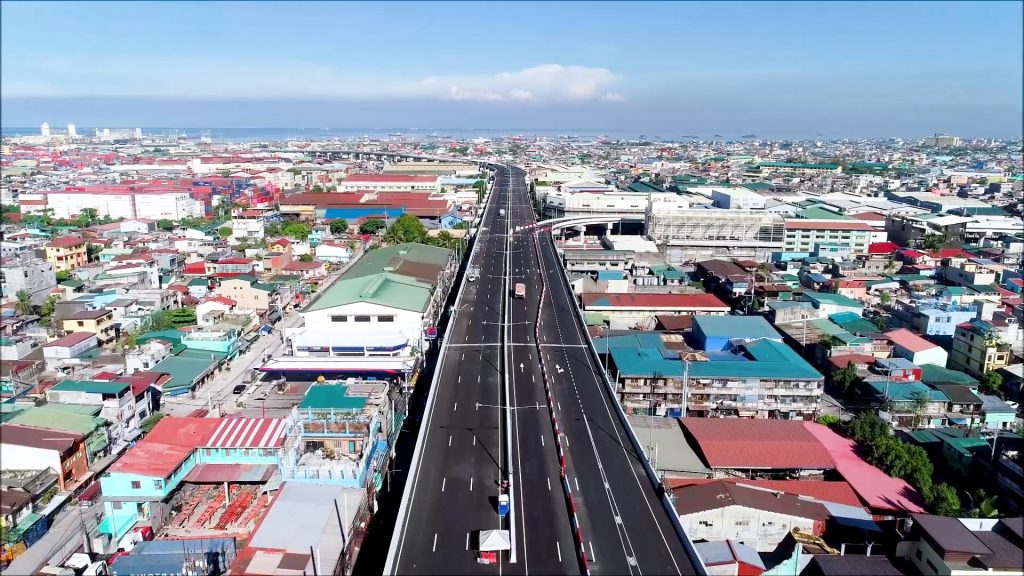
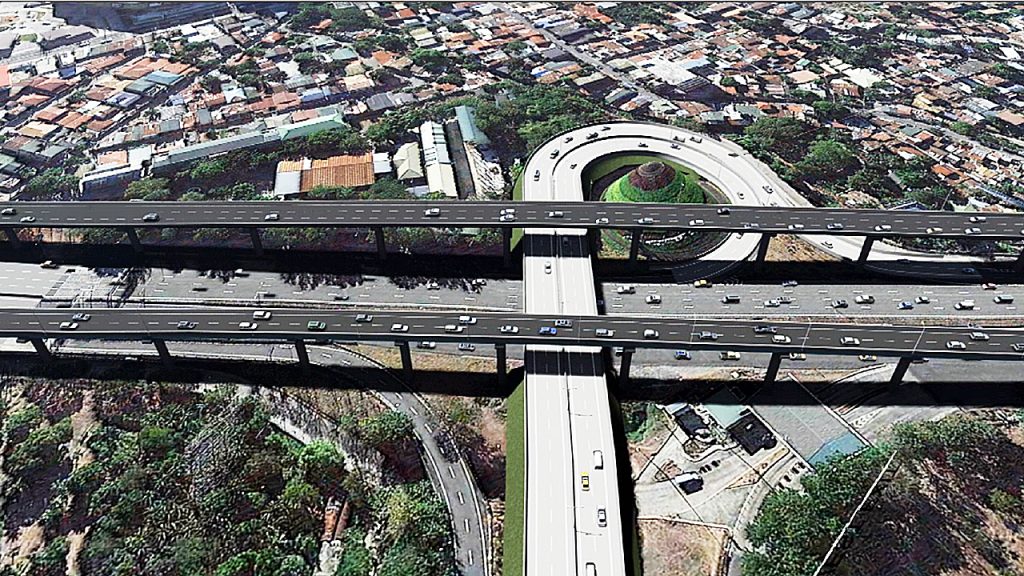
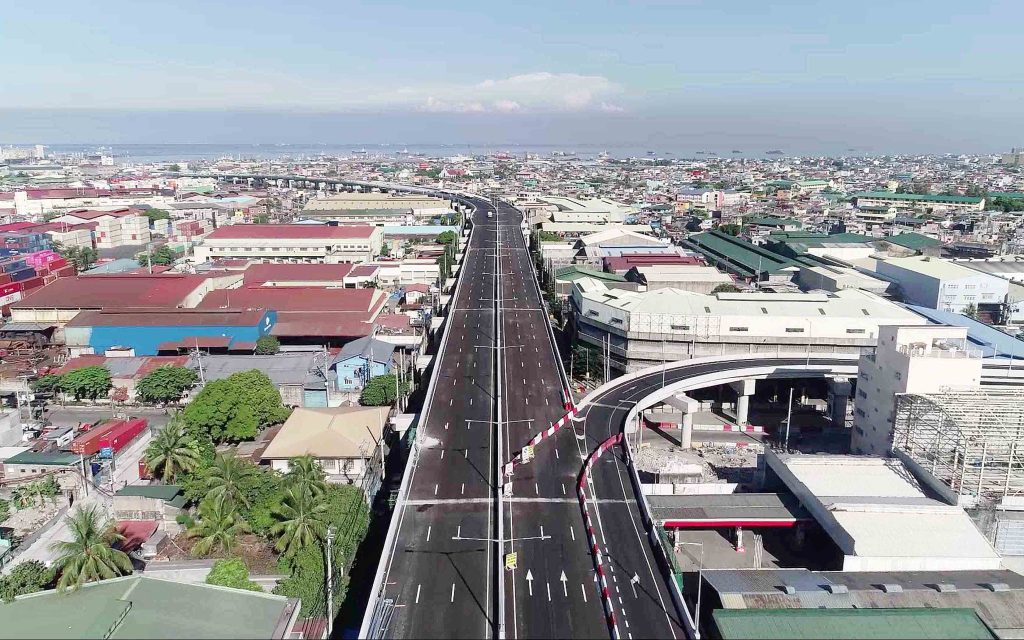
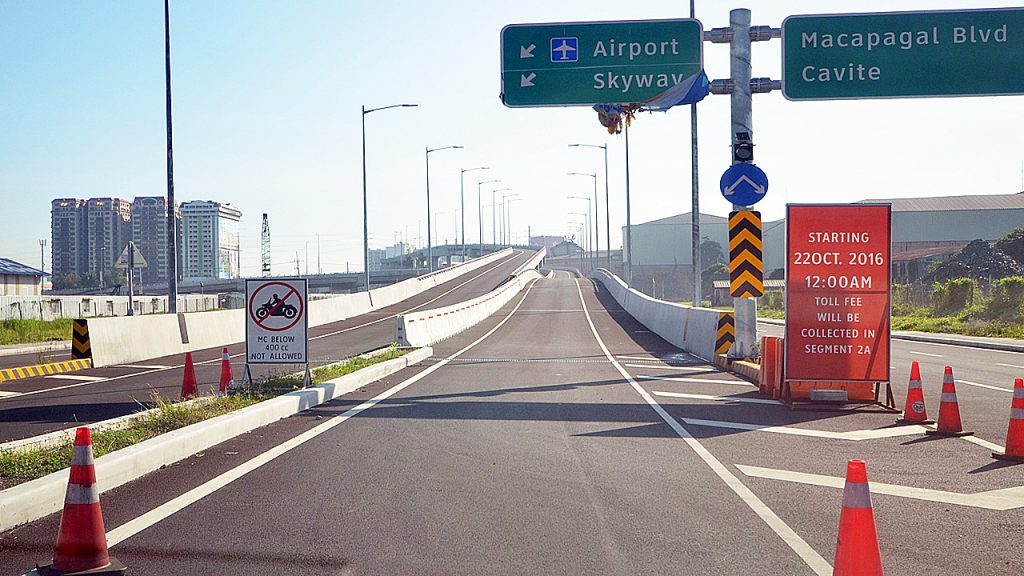
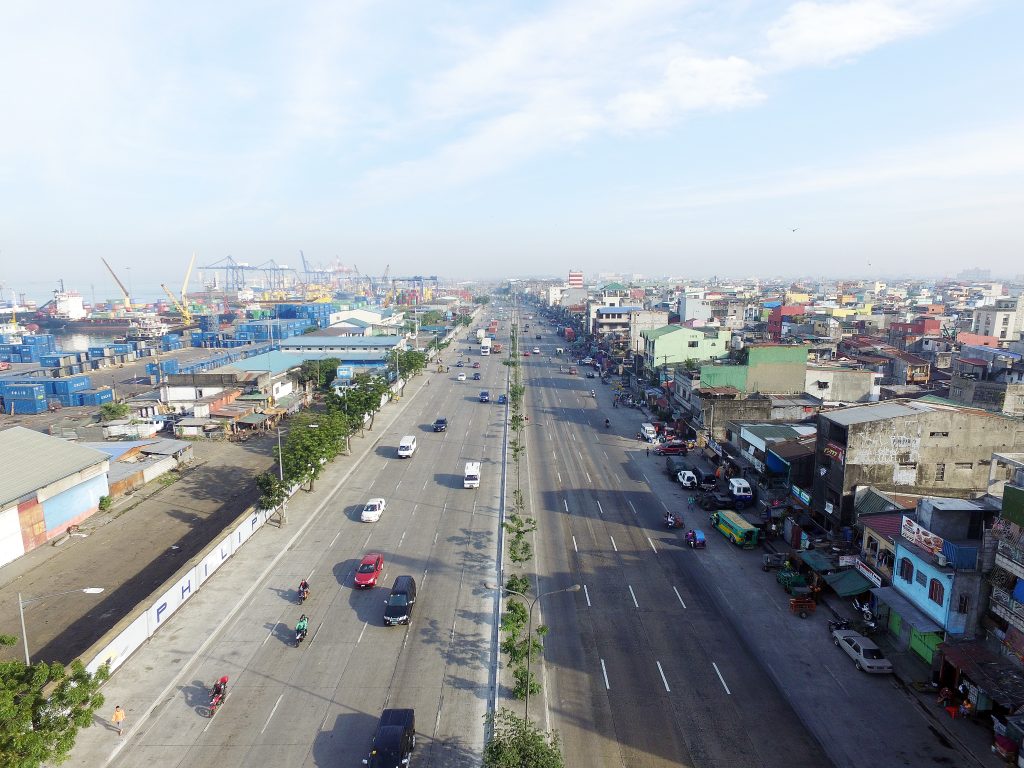
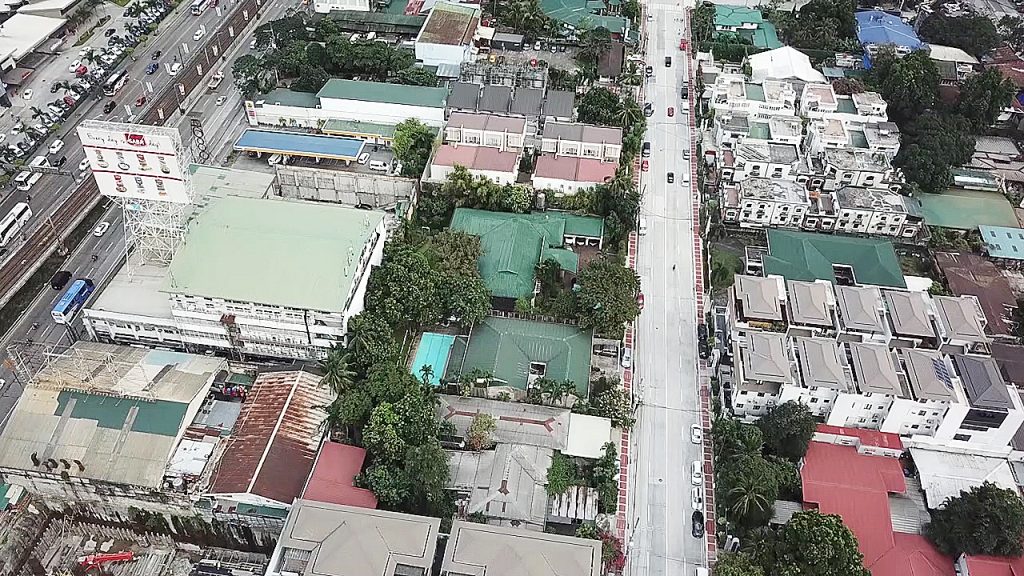
- There will also be new bridges that span the length of Pasig River and Marikina River. A four-lane bridge across Pasig River connecting Lawton Ave. in Makati City and Sta. Monica St. in Pasig City is poised to open next year. Targeted also for completion by next year are the Binondo-Intramuros Bridge and the Estrella-Pantaleon Bridge. Three more bridges crossing Marikina River are to be funded through ADB financing facility. Aside from the new bridges, the DPWH is also working on P7.93-billion Metro Manila Priority Bridges Seismic improvement Project that will replace the outer portion and substructure of the Guadalupe Bridge, as well as improve the vertical geometry of the Lambingan Bridge.
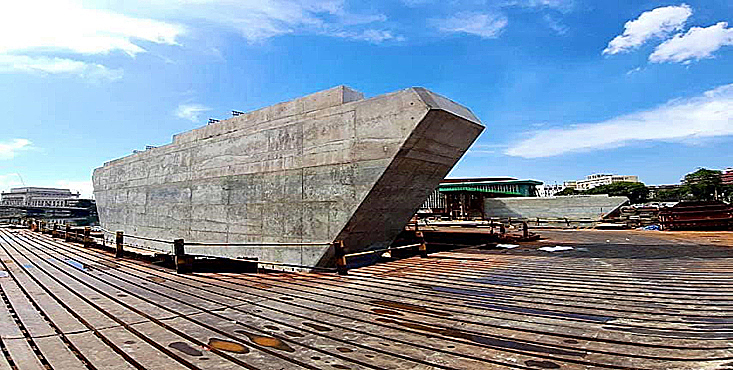
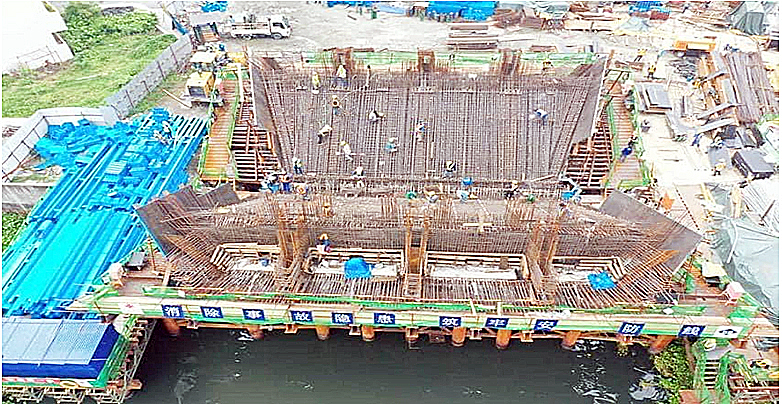
- The DPWH also issued a policy prescribing the standard design of bicycle lanes along national highways through Department Order No. 88, series of 2020. Through this order, new national road and bridge construction or future expansion of projects must incorporate a bicycle path no less than 2.44 meters in width.
Benefits of a modernized road system
Commerce is the lifeblood of the economy and roads are the arteries through which it pulses. A good and reliable transport network is vital in facilitating trade and connecting people from their point of origins to their intended destination. Roads open up more areas for growth and stimulate local economies toward social advancement, making road infrastructure one of the most important among all public assets.
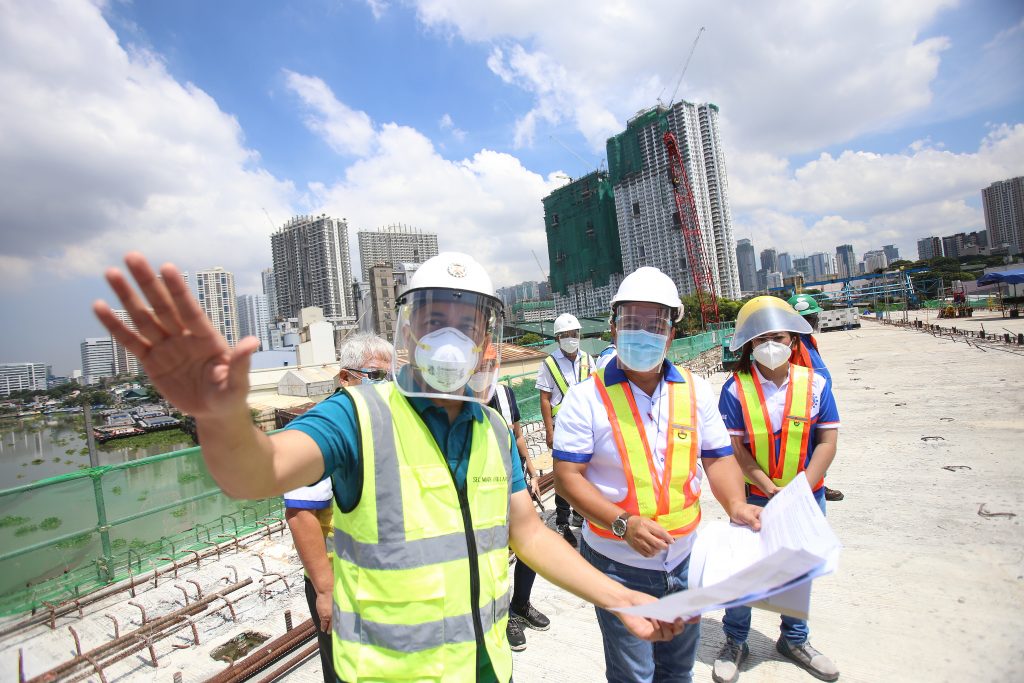
The new highways and expressways that are now taking shape in Metro Manila is expected to hasten the delivery of farm produce to cities, hasten the delivery of goods and services, and bring other important societal benefits. As a conduit of life’s daily activities, the new network of thoroughfares will provide better access to employment, and better delivery social services like health and education — making poverty alleviation more achievable within the near future.
In the absence of good roads, the public is deprived of having equal access to mobility and adequate public transportation. With numerous infrastructure projects in line for completion within the next few years, there is a sliver of hope in life of Filipinos. Hopefully, it won’t be long now until we can all enjoy the rewards of an efficient and reliable road and bridge network.

